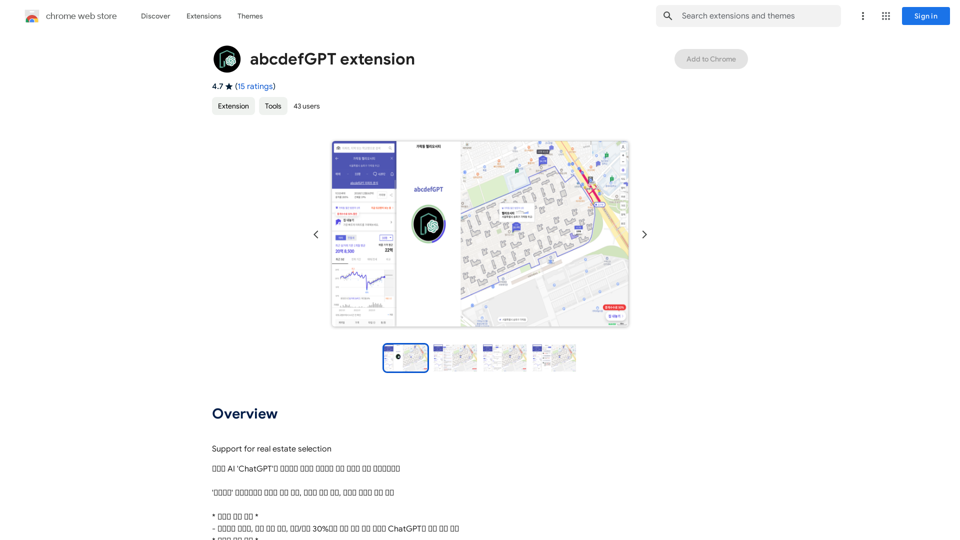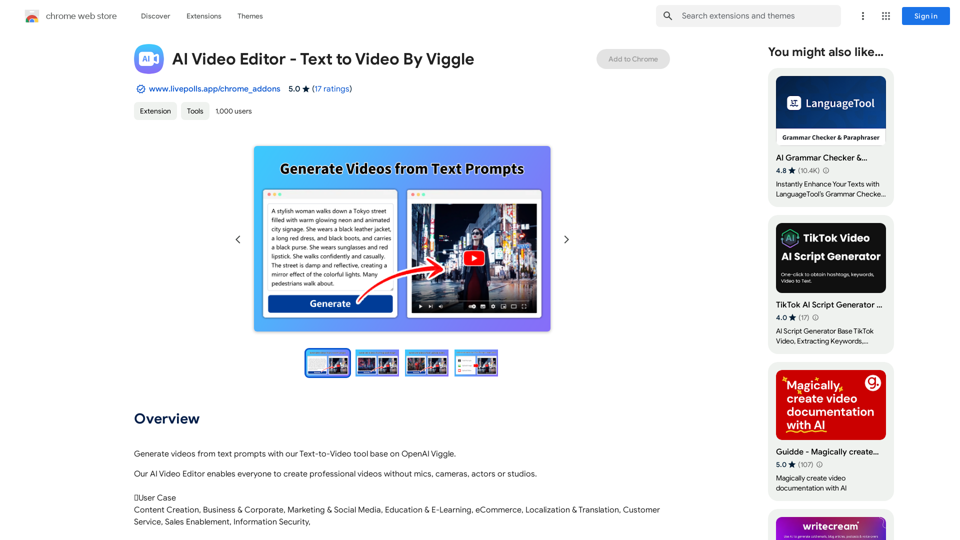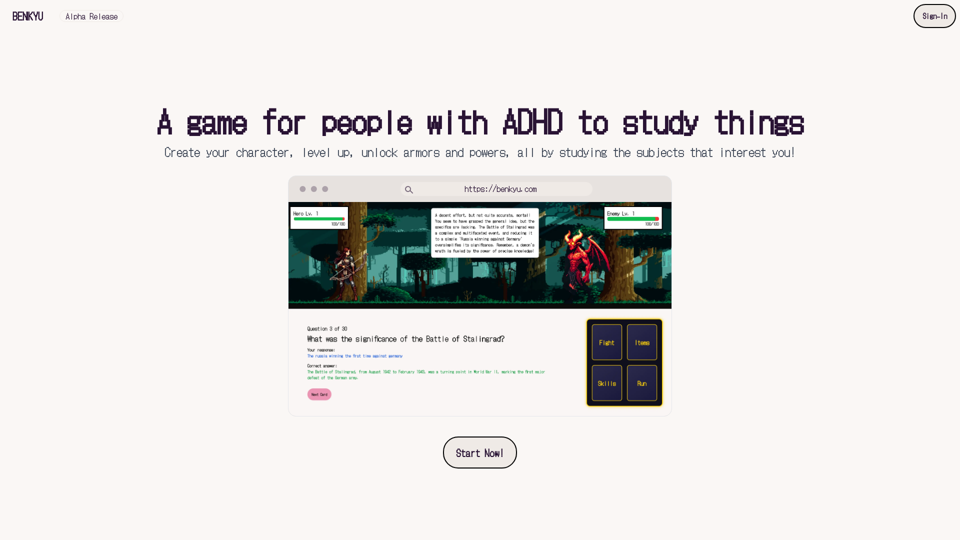Pincel is an AI-powered image editing web application designed for users of all skill levels. It offers a comprehensive suite of tools for various photo manipulation tasks, leveraging artificial intelligence to simplify complex editing processes. Pincel aims to enhance productivity and creativity in image editing, making it accessible to both professionals and casual users across different devices.
Brush - Smart and Easy Image Editing App
Transform your photos effortlessly with Pincel, the intelligent and user-friendly online image editing application. Perfect your images, one brush stroke at a time.
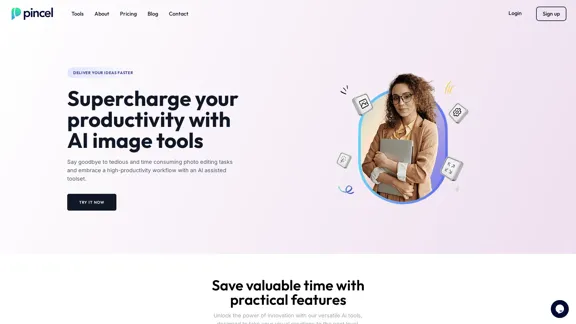
Introduction
Feature
AI-Powered Editing Tools
Pincel provides a wide array of AI-driven tools, including:
- Object Remover
- AI Image Editor
- AI Portrait Generator
- AI PNG Generator
- Clothes Swap
- AI Character Creator
- AI Logo Artwork
- AI QR Code Artwork
- Face Swap
- Multi Swap
- AI Multimedia Chat
- AI Upscaler
- Background Remover
- Photo Extender
- AI Detailer
- Colorize
- Reimagine
- AI Sticker Creator
Cross-Platform Compatibility
Pincel is a web-based application that works on all modern devices with a web browser and internet connection, ensuring accessibility across various platforms.
User-Friendly Interface
The application features an intuitive user interface, allowing users to edit images with the simplicity of a brush stroke, making it easy for both beginners and experienced users.
Versatile Applications
Pincel caters to various use cases, including:
- Image retouching
- Generative fill
- Creative photo manipulation
- Object and text removal
Continuous Innovation
The team behind Pincel is committed to ongoing development, regularly introducing new tools and features to enhance the user experience.
Transparent Development Process
Pincel maintains a public roadmap, providing users with insight into upcoming features and developments.
Dedicated Customer Support
Users benefit from excellent support provided directly by the founder, ensuring a personalized and responsive service experience.
FAQ
Is Pincel available as a mobile app?
No, Pincel is not a mobile app. It is a web application that is compatible with all modern devices that have a web browser and internet connection.
What makes Pincel unique compared to other AI image editing tools?
Pincel stands out due to:
- The team's passion for their work
- Ongoing development supported by paid plans
- A public roadmap for transparency
- Excellent customer support directly from the founder
What does the name Pincel mean?
Pincel means "brush" in Portuguese, symbolizing the idea of editing images with the simplicity of a brush stroke.
Can Pincel be used for professional work?
Yes, Pincel is suitable for professional use. It caters to marketers, designers, and business owners as a quick and efficient way to create visuals and perform various image editing tasks.
Is there a free trial available for Pincel?
Yes, Pincel offers a free trial with limited image generation capabilities. Users need to upgrade to a paid plan to continue creating images without restrictions and access all features.
What are the pricing options for Pincel?
Pincel offers the following plans:
| Plan | Features |
|---|---|
| Free Trial | Limited image generation |
| Paid Plans | Full access to all tools, Ongoing development support, Customer support |
Specific pricing details are not provided in the given information.
Latest Traffic Insights
Monthly Visits
562.68 K
Bounce Rate
36.03%
Pages Per Visit
5.82
Time on Site(s)
108.33
Global Rank
61203
Country Rank
United States 52986
Recent Visits
Traffic Sources
- Social Media:2.76%
- Paid Referrals:0.64%
- Email:0.08%
- Referrals:5.48%
- Search Engines:60.80%
- Direct:30.24%
Related Websites
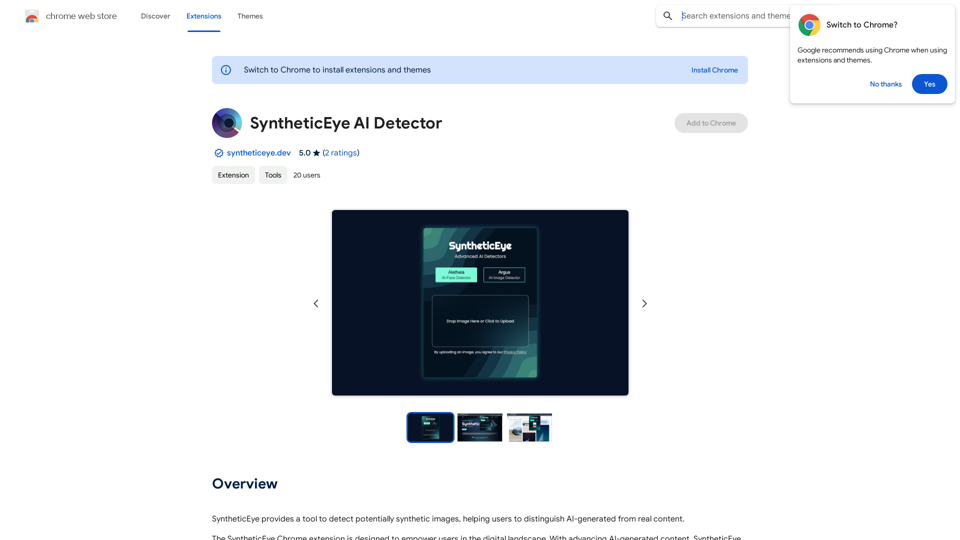
SyntheticEye AI Detector This is a tool to detect AI-generated text. It analyzes the text for patterns and characteristics commonly found in AI-written content. You can use it to identify potentially fake news, spam, or other types of AI-generated text. Keep in mind that no AI detection tool is perfect, and some sophisticated AI-generated text may be difficult to detect.
SyntheticEye AI Detector This is a tool to detect AI-generated text. It analyzes the text for patterns and characteristics commonly found in AI-written content. You can use it to identify potentially fake news, spam, or other types of AI-generated text. Keep in mind that no AI detection tool is perfect, and some sophisticated AI-generated text may be difficult to detect.SyntheticEye provides a tool to detect images that may have been created by artificial intelligence, helping users tell the difference between AI-generated images and real ones.
193.90 M
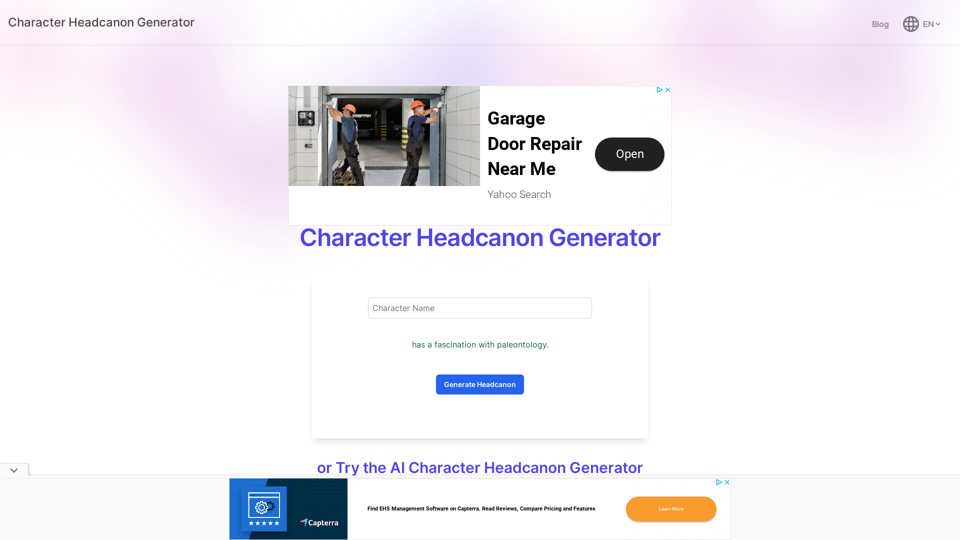
Character Headcanon Generator The Character Headcanon Generator, originating from Perchance, creates unique character headcanons through our headcanon generator.
Character Headcanon Generator The Character Headcanon Generator, originating from Perchance, creates unique character headcanons through our headcanon generator.Discover the Character Headcanon Generator, an innovative tool that originated from the Perchance platform. This powerful character headcanon generator helps you create detailed and engaging character headcanon with ease, allowing fans to explore new interpretations of their favorite characters. Whether you're a writer, role-player, or fan fiction enthusiast, our headcanon generator provides endless creative possibilities by generating unique backgrounds and traits. Enhance your storytelling and bring your characters to life with the Character Headcanon Generator today!
243
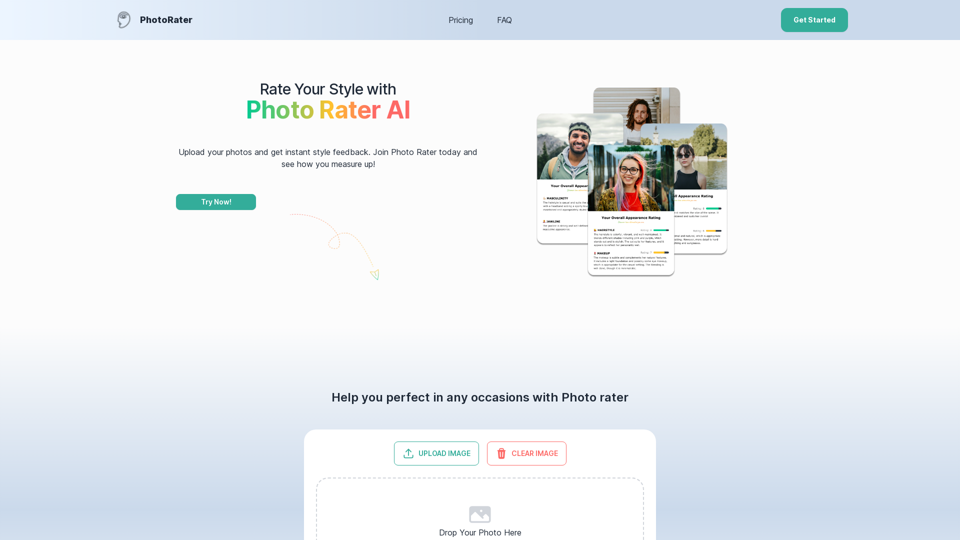
PhotoRater - AI-powered photo rating app for any occasion.
PhotoRater - AI-powered photo rating app for any occasion.Discover the secret to looking your best on any occasion with PhotoRater, the ultimate AI photo rater. Whether you need an image rater for fashion advice or a photo rating AI to boost your social media presence, PhotoRater has you covered.
15.79 K

Vidviz GPT: AI for YouTube Vidviz GPT is an AI-powered tool designed to help you create amazing YouTube videos.
Vidviz GPT: AI for YouTube Vidviz GPT is an AI-powered tool designed to help you create amazing YouTube videos.Vidviz GPT: ChatGPT for YouTube. Chat, Summarize, Question Videos Seamlessly. Extract Visual Information and Empower Your Learning.
193.90 M
Create a Consistent Character Across Different Looks! Imagine this: * Your character rocking a cool new outfit. * Your character with a fresh hairstyle. * Your character in a variety of exciting backgrounds. But... * They always look like *themselves*. * Their personality shines through, no matter the change. That's where a Consistent Character Generator comes in! This powerful tool lets you: * Generate variations of your character with different: * Poses * Clothing * Hairstyles * Backgrounds * Maintain consistency in your character's appearance and essence. Say goodbye to: * Inconsistent character designs that break immersion. * Spending hours tweaking details to keep your character recognizable. Say hello to: * A library of diverse character variations, all true to your vision. * Effortless character customization for your projects.
Create a Consistent Character Across Different Looks! Imagine this: * Your character rocking a cool new outfit. * Your character with a fresh hairstyle. * Your character in a variety of exciting backgrounds. But... * They always look like *themselves*. * Their personality shines through, no matter the change. That's where a Consistent Character Generator comes in! This powerful tool lets you: * Generate variations of your character with different: * Poses * Clothing * Hairstyles * Backgrounds * Maintain consistency in your character's appearance and essence. Say goodbye to: * Inconsistent character designs that break immersion. * Spending hours tweaking details to keep your character recognizable. Say hello to: * A library of diverse character variations, all true to your vision. * Effortless character customization for your projects.Unlock your creative potential with the AI Consistent Character Generator. Effortlessly generate, customize, and transform characters with consistent features for photography, gaming, art, and more. Start your creative journey today!
37.98 K
